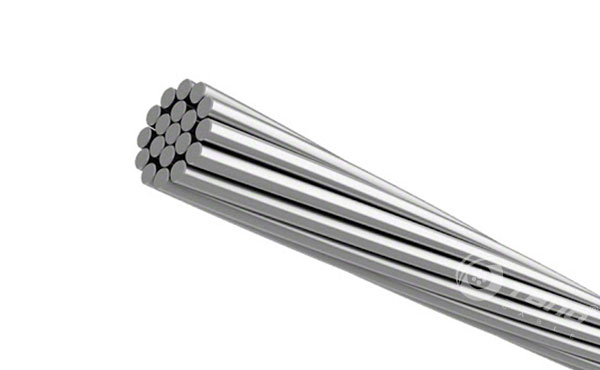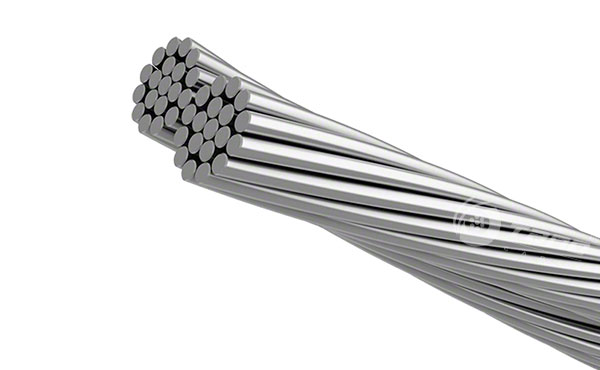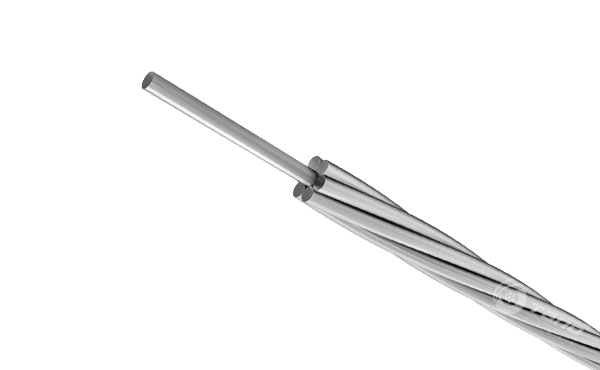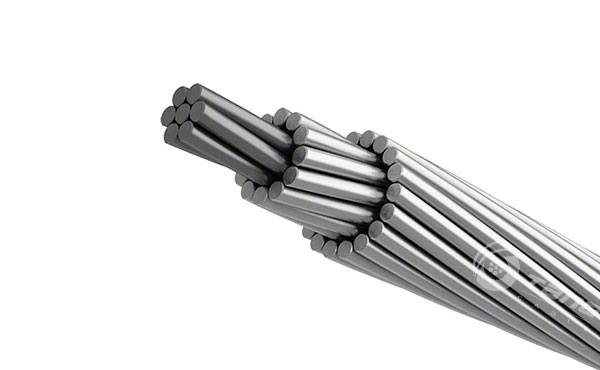06
Sep
How to choose aluminum overhead conductor - AAC AAAC ACSR
Share:
Aluminum conductor are mainly used in overhead line application and primary and secondary electrical power distribution.
AAC is mainly used in urban where space is short and supports are closer together. The advantage of AAC conductor is that they have a high degree of corrosion resistance, they are widely used in coastal areas. AAC conductors are developed as a consequence of the galvanic corrosion to which ACSR are susceptible.
Need more strength to use AAAC conductors, AAAC are used as bare conductor for transmission and distribution lines. AAAC also has better buckling characteristics and a better strength-to-weight ratio than AAC.
The advantage of ACSR is that it has high tensile strength and is light in weight, which means that on long spans it needs fewer supports. ACSR consists of several aluminum and galvanised steel conductors, concentric stranded. Galvanised steel conductors consist of 1, 7, 19 conductors. ACSR is available with varying percentages of steel conductors to achieve different strength. ACSR are used for river crossings, guard cables and large additional spans.
What are the differences between ACSR, AAC and AAAC conductors
The biggest difference between AAC, AAAC and ACSR is the materials they are made from. AAC is made from electrolytically refined aluminum with a minimum purity of 99.7%. AAAC is made from aluminum alloy. ACSR is combination of aluminum and steel conductors.
In ACSR conductor, the galvanized steel core carries the mechanical load and the high purity aluminum bears the current. AAC and AAAC conductor can not do this.
The second factor that between the three conductors is their resistance corrosion, which is important for the life of the cable. ACSR has poorer resistance corrosion, because steel is prone to rust. AAC and AAAC has better resistance corrosion, because they are largely or completely aluminum.
What are the similarities between ACSR, AAC and AAAC conductors
AAC, AAAC and ACSR are used in overhead power lines, and for different details applications, which relate to power distribution and transmission.
For more information, please visit https://www.tanocable.com/products/bare-conductor/

AAC is mainly used in urban where space is short and supports are closer together. The advantage of AAC conductor is that they have a high degree of corrosion resistance, they are widely used in coastal areas. AAC conductors are developed as a consequence of the galvanic corrosion to which ACSR are susceptible.
Need more strength to use AAAC conductors, AAAC are used as bare conductor for transmission and distribution lines. AAAC also has better buckling characteristics and a better strength-to-weight ratio than AAC.
The advantage of ACSR is that it has high tensile strength and is light in weight, which means that on long spans it needs fewer supports. ACSR consists of several aluminum and galvanised steel conductors, concentric stranded. Galvanised steel conductors consist of 1, 7, 19 conductors. ACSR is available with varying percentages of steel conductors to achieve different strength. ACSR are used for river crossings, guard cables and large additional spans.
What are the differences between ACSR, AAC and AAAC conductors
The biggest difference between AAC, AAAC and ACSR is the materials they are made from. AAC is made from electrolytically refined aluminum with a minimum purity of 99.7%. AAAC is made from aluminum alloy. ACSR is combination of aluminum and steel conductors.
In ACSR conductor, the galvanized steel core carries the mechanical load and the high purity aluminum bears the current. AAC and AAAC conductor can not do this.
The second factor that between the three conductors is their resistance corrosion, which is important for the life of the cable. ACSR has poorer resistance corrosion, because steel is prone to rust. AAC and AAAC has better resistance corrosion, because they are largely or completely aluminum.
What are the similarities between ACSR, AAC and AAAC conductors
AAC, AAAC and ACSR are used in overhead power lines, and for different details applications, which relate to power distribution and transmission.
For more information, please visit https://www.tanocable.com/products/bare-conductor/

Previous article:








